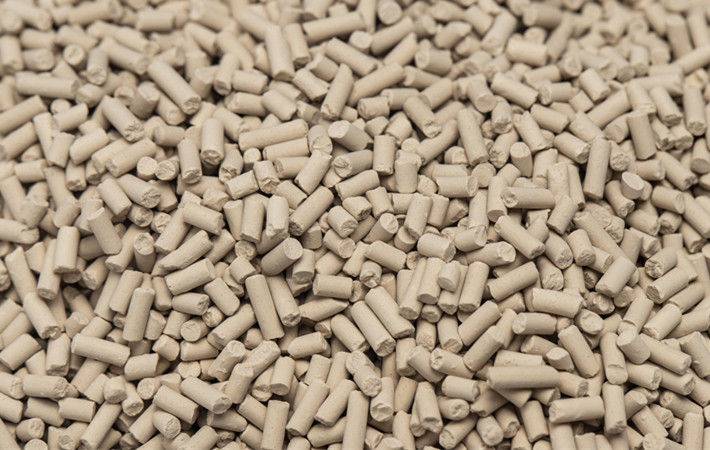We use cookies to help you navigate efficiently and perform certain functions. You will find detailed information about all cookies under each consent category below.
The cookies that are categorized as "Necessary" are stored on your browser as they are essential for enabling the basic functionalities of the site. ...
Necessary cookies are required to enable the basic features of this site, such as providing secure log-in or adjusting your consent preferences. These cookies do not store any personally identifiable data.
Functional cookies help perform certain functionalities like sharing the content of the website on social media platforms, collecting feedback, and other third-party features.
Analytical cookies are used to understand how visitors interact with the website. These cookies help provide information on metrics such as the number of visitors, bounce rate, traffic source, etc.
Performance cookies are used to understand and analyze the key performance indexes of the website which helps in delivering a better user experience for the visitors.
Advertisement cookies are used to provide visitors with customized advertisements based on the pages you visited previously and to analyze the effectiveness of the ad campaigns.

Molecular sieve (also known as synthetic zeolite) is a kind of microporous aluminosilicate crystals. The types of molecular sieves are mainly divided into type A, type X, type Y, etc. according to their crystal structure.
Adsorption is a physical phenomenon in which gaseous and liquid substances (adsorbents) are fixed on a solid surface (adsorbent). This solid (adsorbent) has a large number of microporous active surfaces, and the molecules of the adsorbate are attracted by the surface of the adsorbent. The magnitude of gravity depends on three points.
①The structure of the zeolite adsorbent surface (microporosity)
②The partial pressure of adsorbent
③temperature
Adsorption is accompanied by exotherm, which is a reversible phenomenon. Similar to condensation:
Increase the pressure, the adsorption capacity increase.
Decrease the temperature, the adsorption capacity increase.
Therefore, during adsorption, the pressure should be raised to the highest and the temperature should be lowered to the lowest. When desorption, the pressure should be reduced to the lowest and the temperature should be raised to the highest.
Follow us if you want to know more about molecular sieves, and we look forward to sharing more articles in the future.